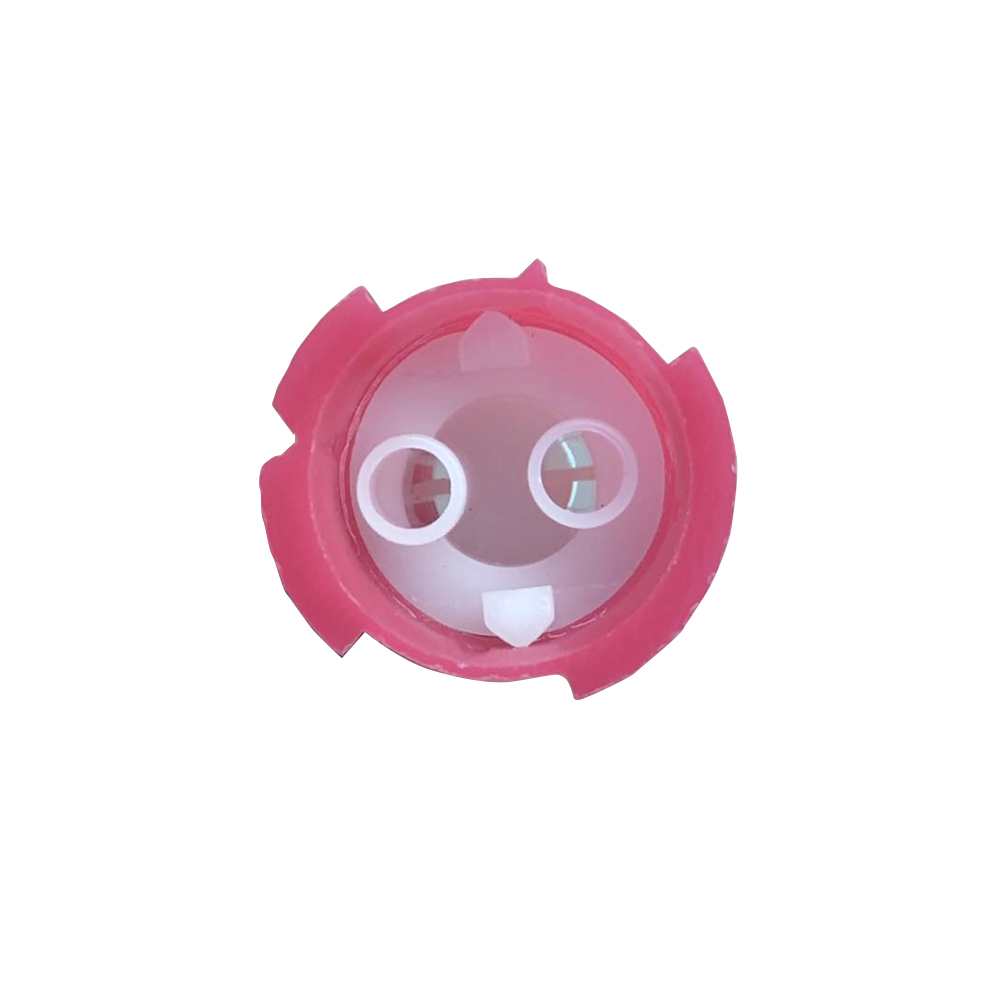When it comes to adhesive applications, two popular options that come to mind are glue and epoxy. While both serve the purpose of bonding materials together, they differ in terms of composition, application, and performance. This article explores the relationship between glue and epoxy, highlighting their distinct characteristics and the factors to consider when choosing between the two. Additionally, we will delve into the importance of mixing nozzles in epoxy applications for precise and reliable adhesive mixing.
Glue: A Versatile Adhesive Option
Glue is a general term that encompasses a wide range of adhesives. It can be derived from natural sources, such as animal-based glues or plant-based adhesives, or manufactured synthetically using various polymers. Glues are typically single-component adhesives that are ready to use. They may require moisture, heat, or pressure to activate the bonding process. Glues are widely available and offer versatility for everyday bonding needs.
Epoxy: A Powerful Two-Component Adhesive
Epoxy is a specific type of adhesive known for its exceptional strength, durability, and chemical resistance. It is formulated by combining two components: a resin and a hardener. The resin and hardener must be mixed in specific proportions to initiate a chemical reaction, resulting in a cured, solid adhesive with outstanding bonding properties. Epoxy adhesives are favored in applications that require high strength, such as structural bonding, automotive repairs, and aerospace projects.
Key Differences Between Glue and Epoxy
-
Bonding Strength:
Epoxy adhesives generally provide stronger bonds compared to most traditional glues. The chemical reaction that occurs during epoxy curing leads to a rigid and durable bond, capable of withstanding heavy loads and stresses.
-
Curing Process:
Glues typically rely on moisture, heat, or pressure for activation, and their curing time can vary depending on the specific adhesive. Epoxy adhesives, however, require a chemical reaction between the resin and hardener components. This reaction determines the curing time, and additional measures such as heat or UV light may be required for certain epoxy formulations.
-
Versatility:
Glues come in various types, each with its specific properties and recommended applications. They cater to a wide range of bonding needs, from crafts and hobbies to general repairs. Epoxy adhesives, on the other hand, are renowned for their exceptional bonding performance in structural applications, such as metal bonding, composite repairs, and industrial projects.
Mixing Nozzles: Ensuring Precise Epoxy Mixing
What are Mixing Nozzles?
In epoxy applications, mixing nozzles play a crucial role in ensuring proper blending and accurate ratios of the resin and hardener. Mixing nozzles are specialized attachments designed for two-component epoxy adhesives. They feature separate channels or chambers for each component, allowing for simultaneous dispensing and thorough mixing at the nozzle’s tip.
Importance of Proper Mixing
Proper mixing is critical for the successful application of epoxy adhesives. Mixing nozzles ensure thorough blending of the resin and hardener, promoting uniform chemical reaction and curing throughout the adhesive. Proper mixing eliminates the risk of incomplete curing, weak bond strength, or compromised performance.
Advantages of Mixing Nozzles
-
Consistency and Accuracy:
Mixing nozzles ensure consistent and accurate dispensing of the epoxy components, resulting in precise ratios and reliable bonding results.
-
Thorough Blending:
The design of mixing nozzles facilitates thorough blending of the resin and hardener, minimizing the risk of unreacted pockets within the adhesive mixture. This ensures a homogenous mixture for optimal bonding performance.
-
Convenience and Efficiency:
Mixing nozzles provide a convenient and efficient application process. They are often designed for direct attachment to epoxy cartridges or dispensers, allowing for controlled and controlled dispensing of the adhesive mixture directly onto the target surface.
Conclusion:
Glue and epoxy are both valuable adhesives, each with its unique characteristics and applications. While glue offers versatility for everyday bonding needs, epoxy stands out with its exceptional strength and durability. When working with epoxy adhesives, utilizing mixing nozzles is crucial for precise and reliable adhesive mixing. By understanding the key differences between glue and epoxy and considering the specific requirements of your application, you can make an informed decision and achieve reliable and long-lasting bonds, supported by efficient mixing techniques.



